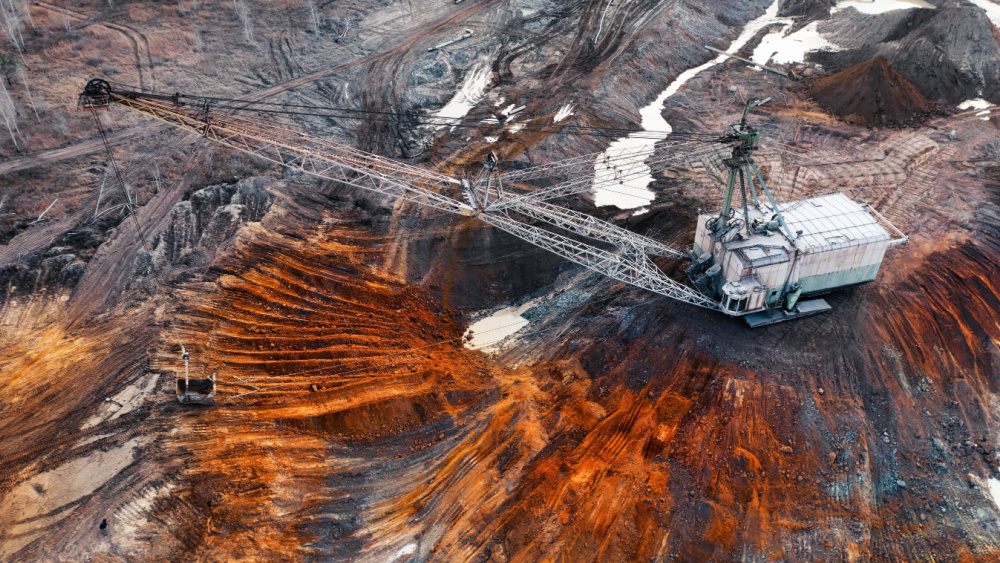The European Union (EU) imported a total of 18,300 tonnes of rare earth elements (REEs) in 2023, representing a 0.5% decline in volume compared to 2022. The total value of these imports reached â¬123.6 million, down 15.2% year-on-year. Meanwhile, EU exports of REEs also saw a decrease, with 5,600 tonnes shipped out, a drop of 18.7% in volume and 27.8% in value compared to the previous year.
Rare earth elements are a group of 17 critical metals with high supply risk and significant economic importance. These metals are used in a wide range of high-tech applications, including electronics, renewable energy technologies, and military equipment.
The average price for imported REEs in 2023 was â¬6.8 per kilogram, a 14.8% decrease compared to the previous year. The average price for exported REEs was â¬18.4 per kilogram, a 11.2% decrease.
China Remains Key Supplier
China remained the largest supplier of REEs to the EU in 2023, accounting for 39.0% of the total weight of imports (7,100 tonnes). Malaysia followed closely with 33.1% (6,100 tonnes), and Russia contributed 22.0% (4,000 tonnes).
The decline in both import and export volumes of REEs in 2023 highlights the challenges facing the EU in securing a stable and reliable supply of these critical materials. The EU's dependence on China for a significant proportion of its REE imports presents a potential vulnerability.
The figures presented here are extracted from a more detailed analysis of international trade in critical raw materials published by Eurostat, the statistical office of the European Union.
Article
Business

Rare Earth Element Trade in the EU Drops in 2023

